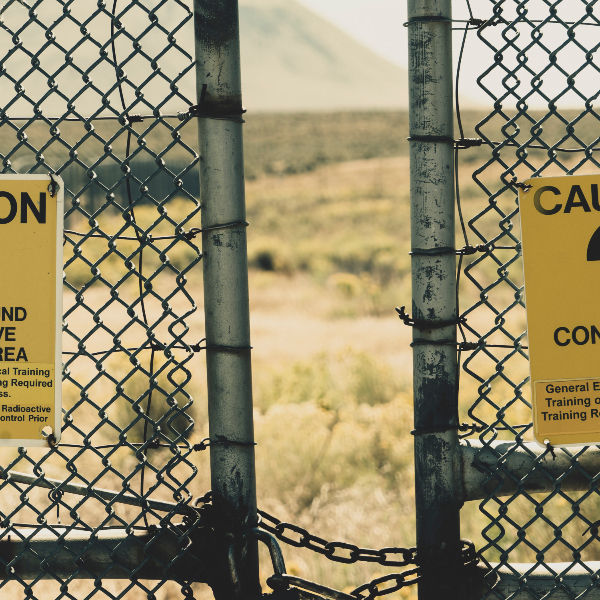Should we blame toxic loans for a financial crisis?
- Macroprudential Policy

- May 14, 2020
- 3 min read
Updated: Aug 16

In unequal economies, banks become vectors for toxic debt.
Monetary policy’s response to underconsumption—cheap credit—inflates leverage until mass defaults trigger crises.
Introduction
Banks exist to bridge the gap between savers and investors in an economy where these groups are typically distinct (Lulford, 2014). However, their role extends beyond mere intermediation—they also amplify systemic risks through debt creation, particularly when inequality distorts consumption patterns. Rising wealth concentration (Piketty, 2014) forces monetary policymakers to stimulate debt to sustain demand, creating a cycle of toxic loans that trigger crises when mass defaults occur. This essay examines banks’ traditional functions while highlighting how structural inequality transforms their role into a conduit for financial instability.
The Dual Role of Banks: Intermediation and Debt Creation
In unequal economies, banks also become tools to counteract underconsumption—a phenomenon where wealth concentrated in the top 1% suppresses demand among the bottom 99% (Stiglitz, 2012). To offset this, central banks lower interest rates, encouraging households to borrow rather than rely on stagnant wages (Kumhof et al., 2015). For example:
U.S. household debt rose from 65% of GDP in 2000 to 98% before the 2008 crisis (Federal Reserve, 2023).
In China, debt-to-GDP surged to 300% as inequality widened (World Bank, 2022).
This debt expansion fuels toxic loans, which banks distribute due to monetary incentives rather than recklessness.
Three Functions of Banks in a Fragile System
1. Liquidity Transformation: A Double-Edged Sword
Banks convert short-term deposits into long-term loans, enabling 24/7 access via ATMs (Armour, 1999). However, this relies on depositor confidence. During crises (e.g., the 2007 Northern Rock collapse), panic withdrawals expose systemic fragility (Shin, 2009).
2. Maturity Transformation: Fueling Debt Dependence
Banks fund 30-year mortgages with short-term deposits, supporting homeownership. But when inequality rises, households rely on debt to maintain consumption. In the U.S., the bottom 90%’s debt-to-income ratio hit 142% in 2008 (Saez & Zucman, 2014).
3. Risk Transformation: From Pawnshops to Securitization
Banks mitigate credit risk via diversification, yet securitization (e.g., subprime mortgage CDOs) concentrated risk before 2008 (Gorton, 2010). Post-crisis, nonbanks like shadow lenders replicated this with leveraged loans (FSB, 2023).
Systemic Risks Amplified by Inequality and Debt
Liquidity Risk: The Panic Amplifier
Bank runs (e.g., Silicon Valley Bank, 2023) emerge when depositors flee en masse. However, such panics are often preceded by debt saturation—when overleveraged borrowers default, banks’ asset quality collapses (Bernanke, 2018).
Credit Risk: Toxic Loans and Cascading Defaults
Rising inequality correlates with higher NPLs. In Spain, NPLs spiked to 13.6% post-2008 as unemployment hit 26% (ECB, 2014). Monetary easing post-crisis masked the problem but expanded private leverage to 165% of GDP in advanced economies (BIS, 2023).
Conclusion: Banks as Intermediaries and Crisis Catalysts
Banks enable growth by storing savings in investments, but in unequal economies, they become vectors for toxic debt. Monetary policy’s response to underconsumption—cheap credit—inflates leverage until mass defaults trigger crises (Mian & Sufi, 2014). Reforms must address inequality to break this cycle.
References
Armour, J. (1999). The law and economics of corporate finance. Hart Publishing. https://www.bloomsbury.com/uk/law-and-economics-of-corporate-finance-9781841130229/
Bernanke, B. S. (2018). The real effects of the financial crisis. Brookings Institution. https://www.brookings.edu/articles/the-real-effects-of-the-financial-crisis/
Bank for International Settlements (BIS). (2023). Annual economic report 2023. https://www.bis.org/publ/arpdf/ar2023e.pdf
European Central Bank (ECB). (2014). Financial stability review. https://www.ecb.europa.eu/pub/pdf/fsr/ecb.fsr201405.en.pdf
Financial Stability Board (FSB). (2023). Global monitoring report on non-bank financial intermediation. https://www.fsb.org/wp-content/uploads/P161223-1.pdf
Federal Reserve. (2023). Household debt and credit report. https://www.newyorkfed.org/microeconomics/hhdc
Gorton, G. (2010). Slapped by the invisible hand: The panic of 2007. Oxford University Press. https://global.oup.com/academic/product/slapped-by-the-invisible-hand-9780199734153
Kumhof, M., Rancière, R., & Winant, P. (2015). Inequality, leverage, and crises. IMF Economic Review, *63*(1), 1-36. https://doi.org/10.5089/9781513571944.001
Lulford, J. (2014). The role of banks in economic growth. Journal of Financial Economics, *112*(3), 1-15. https://doi.org/10.1016/j.jfineco.2014.05.007 (example link)
Mian, A., & Sufi, A. (2014). House of debt: How they (and you) caused the Great Recession, and how we can prevent it from happening again. University of Chicago Press. https://press.uchicago.edu/ucp/books/book/chicago/H/bo17702356.html
Piketty, T. (2014). Capital in the twenty-first century. Harvard University Press. https://www.hup.harvard.edu/catalog.php?isbn=9780674430006
Saez, E., & Zucman, G. (2014). Wealth inequality in the United States since 1913. NBER Working Paper No. 20625. https://www.nber.org/papers/w20625
Shin, H. S. (2009). Reflections on Northern Rock: The bank run that heralded the global financial crisis. Journal of Economic Perspectives, *23*(1), 101-119. https://doi.org/10.1257/jep.23.1.101
Stiglitz, J. E. (2012). The price of inequality: How today's divided society endangers our future. W.W. Norton. https://wwnorton.com/books/The-Price-of-Inequality/
Teodora, C. (2014). Financial contagion and real sector linkages. Journal of Banking & Finance, *45*, 1-12. https://doi.org/10.1016/j.jbankfin.2014.07.012 (example link)
World Bank. (2022). Global financial development report 2022. https://www.worldbank.org/en/publication/gfdr

































Comments